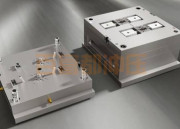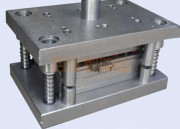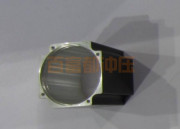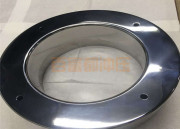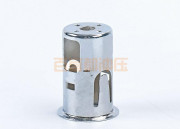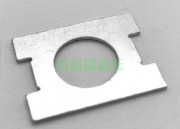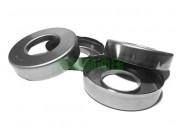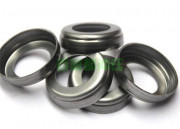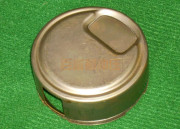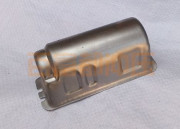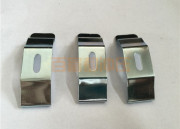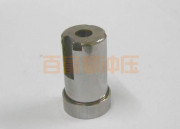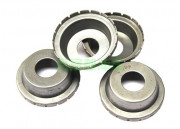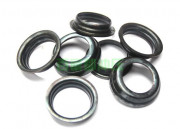What are the effects of mold temperature on injection molding?
1. The influence of mold temperature on injection molding
1. Mold temperature is a variable in injection molding. No matter what kind of plastic is injected, it is necessary to ensure that the surface of the mold is basically wet. The hot mold surface keeps the plastic surface liquid long enough to build pressure within the cavity. Reproduction of the cavity surface is high if the cavity is filled and the cavity pressure can press the soft plastic against the metal before the frozen skin hardens. On the other hand, if the plastic entering the cavity at low pressure is suspended, no matter how short, its slight contact with the metal can cause smearing, sometimes called gate smearing.
2. For each plastic and plastic part, there is a limit on the surface temperature of the mold, beyond which one or more adverse effects may occur (for example: components can overflow burrs). Higher mold temperatures mean less resistance to flow. On many injection molding machines, this naturally means faster flow through gates and cavities, since the injection flow control valve used does not correct for this change, faster filling results in higher efficiency in sprues and cavities pressure.
3. It may cause flash burrs. Since the hotter model does not freeze the plastic that entered the flash edge area prior to high pressure buildup, the melt can flash around the ejector pin and spill into the parting line gap. This shows the need to have good injection rate control, which some modern flow control programmers do.
4. The increase in mold temperature will reduce the condensation layer of plastic in the cavity, making the molten material flow more easily in the cavity, resulting in greater part weight and better surface quality. At the same time, the increase in mold temperature will also increase the tensile strength of the part.
Read More →

